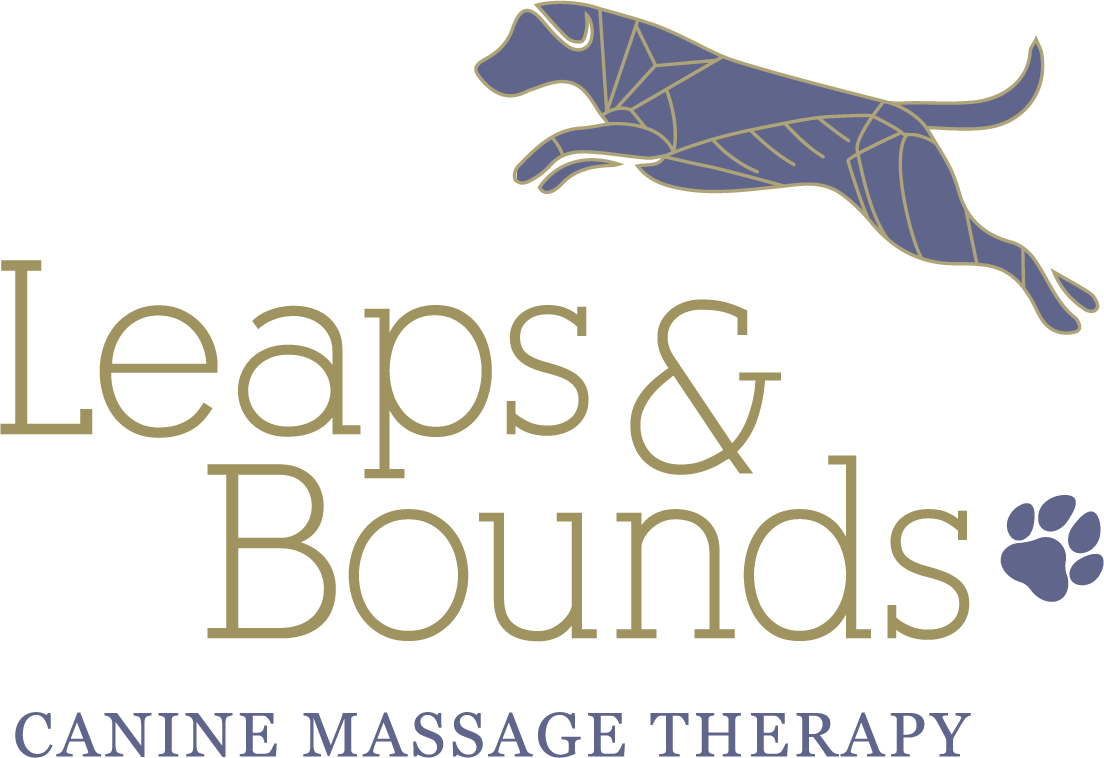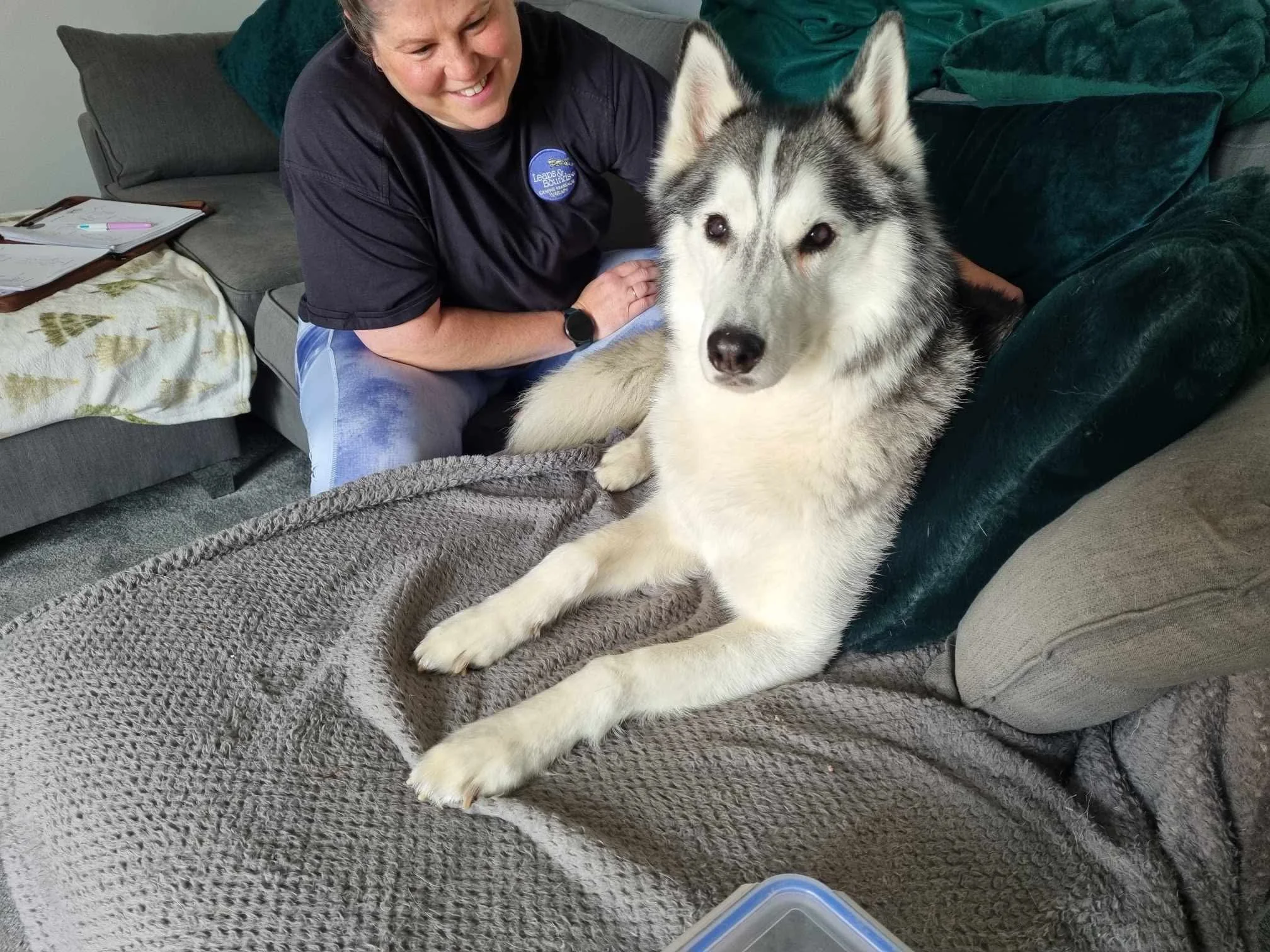Frequently asked questions
Pricing:
Initial consultation and first massage treatment (90 minutes) - £55
Subsequent massage treatments (60 minutes) - £45
Manual Lymphatic Drainage (90 minutes) - £60
*(Manual Lymphatic Drainage is particularly beneficial for dogs in their twilight years, post-surgery or illness, for palliative care or swelling/oedema due to injury/bites). If you think your dog could benefit from this treatment, please do let me know in advance of their appointment so that I can accommodate for the longer appointment required.
Locations:
North East of England - Northumberland, Gateshead, Newcastle-upon-tyne & North Tyneside
Treatments can take place in the comfort of your own home. For locations further than 5 miles there will be a small fee for my travel.
For needs further afield than the locations outlined above please get in touch to see if I can help you.
Cancellations:
I completely understand that unexpected things do occur, and will always accommodate rescheduled appointments as best I can.
If you are no longer able to fulfil your appointment I ask for 48 hours notice in order to offer that appointment to those on a waiting list.
However, any short notice or cancelled appointments that I am unable to fill will incur the following fees: 50% within 48 hours and 100% within 24 hours.
Is my dog suitable for massage therapy?
Yes, all dogs can benefit from massage therapy, whether they are old or young, a pet, performance, working or show dog. I can help your dog with massage therapy whether they have an acute injury, a chronic or degenerative condition, suffer from stress and anxiety, or are in their twilight years and are starting to slow down. For more information click here.
What happens during a treatment?
Please see ‘Treatments’ page for more information.
What do I need to do before and after my dogs massage treatment?
Before treatment
I will send you a vet consent form which must be completed by yourself and your dogs’ vet. I comply with the ‘Veterinary Surgeons Act 1966 & Exemptions Order 2015’ and will NEVER treat a dog without a completed vet consent form.
Make sure their massage is at least 2 weeks after your dogs annual vaccination.
Feed your dog at least 2 hours before their massage.
Do not administer their spot on flea treatment before their massage, wait until afterwards.
Let your dog go to the toilet before their massage.
After treatment
Follow the aftercare advice that I provide post massage treatment.
Do not feed your dog straight after their treatment, so as not to put undue stress on their digestive system, as their body recovers.
Do not walk them straight after their treatment.
What if my dog won’t lie down?
Firstly, massage can still take place whilst a dog is sitting. It is normal for a dog that has never had massage therapy to be unsure on their first session. I have been trained to deal with all types of behaviour and I always take it at your dogs’ pace. The goal is to put your dog at ease and allow them to relax into the treatment.
What if my dog is a bite risk?
It is important to listen to your dog so I can understand what their behaviour is trying to tell me. Biting can often be due to pain a dog is experiencing and massage can help to reduce this.
I always have muzzles handy and sometimes it is necessary to muzzle during massage as some aspects of treatment can cause therapeutic discomfort. Again I have been trained to work with dogs in pain and I aim to build a relationship based on trust so that a muzzle may not be necessary in the future.
What are the 5 Principles of Pain?
The 5 Principles of Pain has been developed by the Canine Massage Guild as a useful aid for identifying symptoms of musculoskeletal conditions that could be helped by clinical canine massage. Signs of muscular pain that are listed can often be mistaken as simply signs of ageing or ‘just something they do’. However, muscular pain can be caused by anything from normal activities of daily living to chronic, arthritic conditions. To find out more on the Canine Massage Guild website click here.
What are ADLs (Activities of Daily Living)?
ADLs are Activities of Daily Living that can lead to muscular injury and cause gait issues in dogs.
Flooring - a lack of traction on wooden or laminate flooring can lead to slips which cause muscular injury.
Jumping on and off furniture - a huge pressure is placed on a dogs rear legs to propel them and the same is placed on their front legs when landing.
Chase games - a dogs front end is used for steering and breaking and when coming to a sudden halt after chasing a ball a huge amount of pressure is placed on the dogs’ shoulders, wrists and elbows. Doing this repetitively can lead to muscular strains and intermittent lameness.
Standing on their back legs - tightens the muscles of the back legs and aggravates issues like luxating patella, arthritis and hip dysplasia.
Bedding - a soft bed that is large enough for your dog will help to ease neck, back and hip issues and allows your dogs spine full flexibility whilst sleeping.
In and out of the car - this sudden jarring can cause or aggravate shoulder and/or wrist problems.
Up and down the stairs - pressure is placed on the back legs and hips going up the stairs and the gravitational pull down the stairs is soaked up by the shoulders, wrists and elbows.
Excessive tugging - when this game becomes obsessive it can lead to myofascial knots in the neck and reduced mobility.
Pulling on the lead -can lead to muscle tears of the muscles that support the spinal column.
Feeding height - if your dogs’ bowl is too low it can place stress on the neck and lower back and affect digestion.




